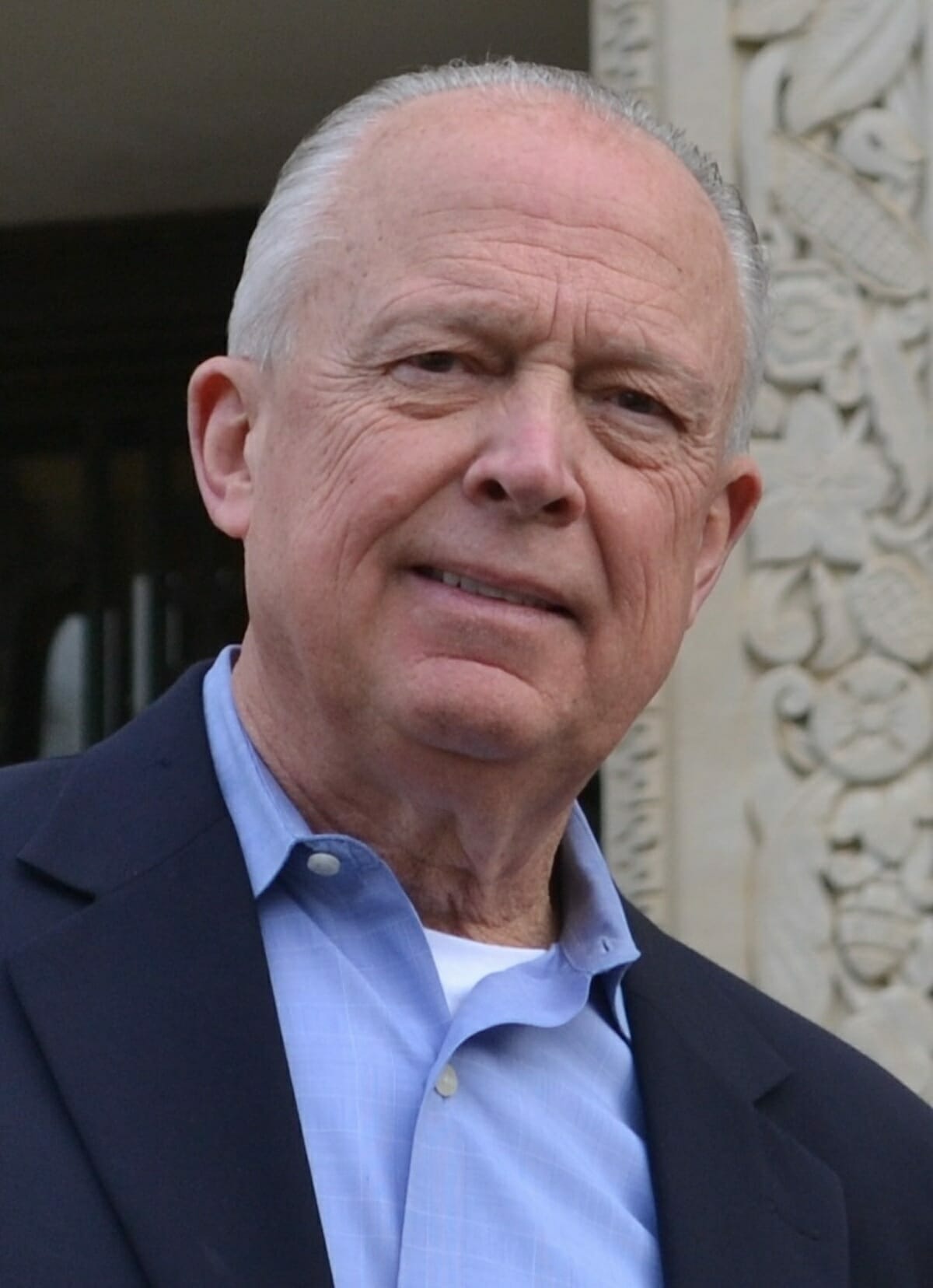It is Monday, and I’m sitting at the Cafe du Monde just off Jackson Square in New Orleans, La. It is early, and the narrow streets of the French Quarter are deserted, but I’ve got my coffee and three, well-sugared beignets.
Susan and I decided that we would travel this holiday season. We gave thought to Massachusetts where my wife has a loft. I actually called my son asking him about snowboarding.
“Once upon a time I did some surfing,” I began. “And I’ve got to think the principles of balance and compensation are the same.”
There was a period of silence and then, “There’s a steep learning curve, Dad.”
“What does that mean?”
“It means that you fall down a lot,” he replied. “You fall down and I guess there’s a week’s worth of hip pain that is part of the learning process.”
Based on this advice we began to considered possible destinations that did not involve a week’s worth of pain. Eventually New Orleans and its emphasis on fun and food began to come into focus.
New Orleans was not always about fun and food. When it was owned by France, its royal patron found it hard to sell Parisians on relocation. It was hard to get past the heat, mosquitos, yellow fever and the fact that there was no functional opera in the new colony. And so the Duke d’ Orleans swept through Paris looking for prostitutes, thieves and those not addicted to La Boheme. These folks were unceremoniously shipped to Louisiana.
The Town itself was also located between two bodies of water — the Mississippi and Lake Pontchartrain — that were themselves at a higher elevation. But its location did have one advantage — the Mississippi River drains a huge area of the United States and that river meets the Gulf just below New Orleans. This geographic reality meant that cotton, corn, coal and anything else grown or manufactured in the midwest came down the Mississippi on its way to Europe.
New Orleans started off with the French, then the Spanish showed up. Then Germans, Irish and Sicilians came in successive waves. There were, of course, slaves as well as free men (and women) of color. All of these folks brought their food; their faith; a remarkable variety of festivals and in the process created their own iron-balconied architecture.
A great many Americans live in vast housing tracts where one’s house looks pretty much like the next. They buy identical chicken parts in identical supermarkets; eat bland-tasting Pasta Alfredos prepared in themed restaurants that pretend they’re different; and work in cubicles furnished with exactly the same beige and brown furniture.
One reason Americans take vacations is to escape the sameness surrounding them each and every day.
These days there isn’t much of a difference between Bronxville, Mt. Pleasant and Duxbury. But one can argue that the French Quarter, the Garden District and Storyville look different from, say, Buckhead and Doraville.
And it can also be argued that the huge consumption of gumbo, jambalaya and red rice are unique to New Orleans and to the Cajuns in lower Louisiana. And, of course, in New Orleans there is some kind of festival almost every weekend that usually involves a parade, the throwing of glass beads, the drinking of tequila and, sometimes, the removal of clothing.
New Orleans has been hugely successful in selling its distinctiveness to the American tourist. Each year about 20 million tourists pour into this sinking city often turning Bourbon Street into a cheek-to-jowl river of surging, shouting, intoxicated flesh.
Other cities having some slight uniqueness — like Savannah with its charming residential squares — have taken note of these 20 million people and yearn for a small piece of this action. They have taken note that a slightly different topography, distinctive architecture; and people who appear to be loving life will bring tourists with their wallets and credit cards.
Earlier this morning, as I was seeking my coffee, I encountered a man playing “Silent Night” on his saxophone. The street was deserted, there was no audience, just a man playing his music in the darkness.
I lingered for a moment savoring the notes that bounced off the stuccoed, balconied buildings wondering whether the city was really different?
I asked “David” (the man who helped us with our bags) if the people were really different in New Orleans.
“The Chamber of Commerce would like you to believe that,” he said. “But I’m not so sure.”
Scott Graber is a lawyer, novelist, veteran columnist and longtime resident of Port Royal. He can be reached at cscottgraber@gmail.com.







